Nose vs mouth breathing: Which one is better for your health?
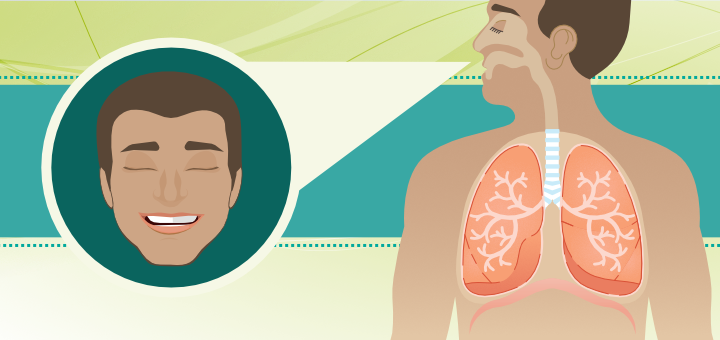
In 2004, a documentary called Supersize Me made quite a splash. In it, an independent filmmaker, Morgan Spurlock, committed to eating at McDonald’s for 30 days and documenting his experience. That experience wasn’t pleasant—he gained weight, became lethargic, developed high blood pressure, and had a host of other health issues. His takeaway was clear—eating a lot of fast food is not good for your health.
I was reminded of this film as I was reading a recently released book, Breath: The New Science of a Lost Art, by James Nestor. In it, among other things, the author documents his experience with a Stanford mouth breathing experiment. In this experiment, he was supposed to breathe exclusively through his mouth for ten days and then exclusively through his nose for the next ten days. His experience of breathing through the mouth was eerily similar to eating a lot of junk food. “After just 240 hours of breathing only through our mouths, catecholamine and stress-related hormones spiked, suggesting that our bodies were under physical and mental duress. […] All the while, my blood pressure was through the roof and my heart rate variability plummeted.” On top of that, his snoring increased 4820 percent from the beginning of the experiment, and he began to suffer from obstructive sleep apnea (that over time can lead to all sorts of health issues). He also experienced “nagging fatigue, irritation, testiness and anxiety”. (1) After switching back to nose breathing, all of those symptoms went away – his blood pressure dropped, heart rate normalized, he stopped snoring and having episodes of sleep apnea, his sinus infection cleared, his athletic performance improved, and he was feeling much better in general.
This experiment clearly demonstrated that breathing exclusively through the mouth has all sorts of consequences for our health. This is not surprising, since the mouth is supposed to be a backup option for when we cannot breathe through the nose, it was never meant as a primary breathing channel. There are many functions the nose performs that the mouth never could. Here is a short list of some of nose functions.
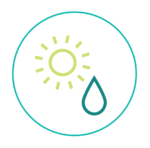 1. Preparing air for the lungs
1. Preparing air for the lungs
The lungs and throat do not tolerate dry air well. The nose processes the air we breathe to prepare it for our lungs. A mucous membrane rich with blood vessels lines the nasal cavity. The increased surface area and the many blood vessels enable the nose to warm and humidify incoming air quickly.
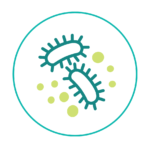 2. Cleaning air of dirt and pathogens
2. Cleaning air of dirt and pathogens
The air we breathe has all kinds of foreign particles in it – dust, pollution, allergens, smoke, bacteria, viruses, small bugs, etc. Cells in the mucous membrane produce mucus and have tiny hairlike projections (cilia). The mucus traps incoming dirt and pathogens, and the cilia carries it out of the airway. This action helps clean the air before it goes to the lungs.
 3. Control of the air stream
3. Control of the air stream
The complicated labyrinth of valves and turbines within the nose regulates the direction and velocity of the air stream. This ensures maximum exposure to the fine arteries, veins and nerves, as well as the mucus blanket to clean, humidify, warm and smell the air.
 4. Olfaction (sense of smell)
4. Olfaction (sense of smell)
The nose has a large number of nerve cells that detect odors. We sniff to pull in the air to come in contact with these nerves. Sense of smell is necessary for safety. We need our smell to detect smoke, spoiled food and some toxic gases. Smell is also intimately connected to taste; food will appear tasteless if the sense of smell is impaired.
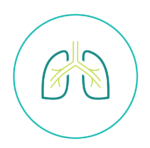 5. Nasal resistance
5. Nasal resistance
The nose creates a narrow passage for the air, which creates resistance for the air flow. This resistance is necessary to maintain elasticity of the lungs and to ensure proper ventilation. Nasal resistance also conditions the tissues on the back of the throat to prevent sagging (which can lead to snoring and obstructive sleep apnea).
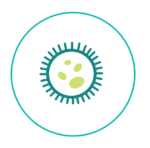 6. Nitric oxide production
6. Nitric oxide production
The vasodilator gas nitric oxide (NO) is produced in the paranasal sinuses and is excreted continuously into the nasal airways. NO improves oxygen transport throughout the body and oxygen absorption in the lungs. It relaxes vascular smooth muscle and allows blood vessels to dilate. NO also has antifungal, antiviral, antiparasitic and antibacterial qualities.
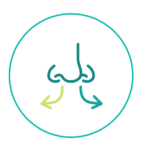 7. Nasal cycles and connection to autonomic nervous system
7. Nasal cycles and connection to autonomic nervous system
There is a predictable pattern of swelling and shrinkage within the nose that alternates airflow between two sides of the nose. It is called the “nasal cycle”. Nasal cycles are linked to sympathetic (SNS) and parasympathetic (PNS) nerves and impact body temperature, blood pressure, hormone production, arousal level and even mood.
None of those functions are performed by the mouth, which means that if we breathe through the mouth (because of a habit or chronic congestion in the nose), we take in cold, dry air ridden with pathogens, forgo the benefits of nitric oxide and the rhythm of nasal cycles. On top of that, we end up changing the entire structure of our nasal cavity.
James Nestor writes: “Mouth-breathing, it turns out, changes the physical body and transforms airways, all for the worse. Inhaling air through the mouth decreases pressure, which causes the soft tissues in the back of the mouth to become loose and flex inward, creating less overall space and making breathing more difficult. Mouth-breathing begets more mouth-breathing. […]
Sleeping with an open mouth exacerbates these problems. Whenever we put our heads on a pillow, gravity pulls the soft tissues in the throat and tongue down, closing off the airway even more. After a while, our airways get conditioned to this position; snoring and sleep apnea become the new normal. […]
Inhaling from the nose has the opposite effect. It forces air against all those flabby tissues at the back of the throat, making the airways wider and breathing easier. After a while, these tissues and muscles get “toned” to stay in this opened and wide position. Nasal breathing begets more nasal breathing.”(1)
Why do we end up breathing through our mouths?
Mouth breathing usually starts because of nasal congestion, which occurs when nasal tissues and blood vessels become swollen with excess fluid. Usually, the congestion clears within a week or two, but a mouth-breathing habit remains. If you have severe allergies or congestion issues due to a deviated septum or other reasons, you would need medical advice and a tailored yoga practice designed specifically for your needs by a qualified yoga therapist.
What can we do about our mouth breathing habits?
First, you need to figure out if you chronically breathe though your mouth during one or more parts of your day: during exercise or yoga practice, during other daily activities, or at night.
If you find yourself breathing through your mouth during yoga or exercise, simply switch to your nose (if possible). You might need to dial down the intensity of your exercise at first while your body adjusts to the new way of breathing. Once it becomes natural, you can increase the intensity again. If your nose is too congested to be the primary pathway for airflow, you will need to work on clearing your congestion first (using some ideas below) and then work with conscious, simple breathing during your asana and pranayama practice.
If you find yourself resorting to mouth breathing often during the day, take time to notice if there is an actual need for it (because your nose is congested), or if it’s just a habit. If it’s a habit, you will need to keep reminding yourself to breathe through your nose. You can try the following tricks to make it easier for yourself:
- Couple your new pattern of nose breathing with specific activities (like walking, doing yoga, taking a shower, scrolling through your social media feed) to remind yourself to do it,
- Press your tongue upwards against your hard palate and keep it there at the roof of the mouth. Make it a habit – it’s harder to breathe through your mouth in this position,
- Speak slower and in shorter sentences, so that you don’t have to gasp air in between. Breathe through your nose when you speak.
If your nose is chronically congested, you could try some of the following things:
- Try neti pot irrigation. It involves pouring lightly salted water through each nostril every morning or at any point during the day. It often helps with clearing extra mucus from your nose.
- Chewing dense food instead of soft, mushy food for your meals helps to recondition the muscles of your face, mouth, and throat; it tones the soft tissues on the back of your mouth and opens airways.
- Practice simple nasal breathing during your yoga practice. Remember, nasal breathing begets nasal breathing. Be sure not to do intense or forceful breathing, as it can create too much pressure in your sinuses.
If you snore, sleep poorly, and wake up with a dry mouth, it might mean that you are breathing through your mouth at night. You cannot control your breathing pattern as easily at night as you can during the day. It might help to do a simple pranayama practice before bed and to sleep on your side. Another solution that James Nestor describes in his book, and I heard recommended by other yoga teachers and breathing therapists, is mouth taping. It involves placing a small strip of surgical tape across (or along) your lips to prevent your mouth from opening at night. Some folks swear by this technique and attribute dramatic changes in their health and energy levels to mouth taping. I never tried it myself, so I cannot advise it with certainty. But you can learn more about it in this video. Note of caution, though – please do not attempt mouth taping until you are absolutely certain that you can breathe comfortably through your nose at night.
We all benefit from closing our mouths and relearning to breathe through our noses at all times. For some, it will involve changing a habit, and for others, it will be a complex process of clearing out chronic nasal congestion. It might not be easy, but nose breathing is one of those foundational things that is definitely better for your health and is worth the effort.
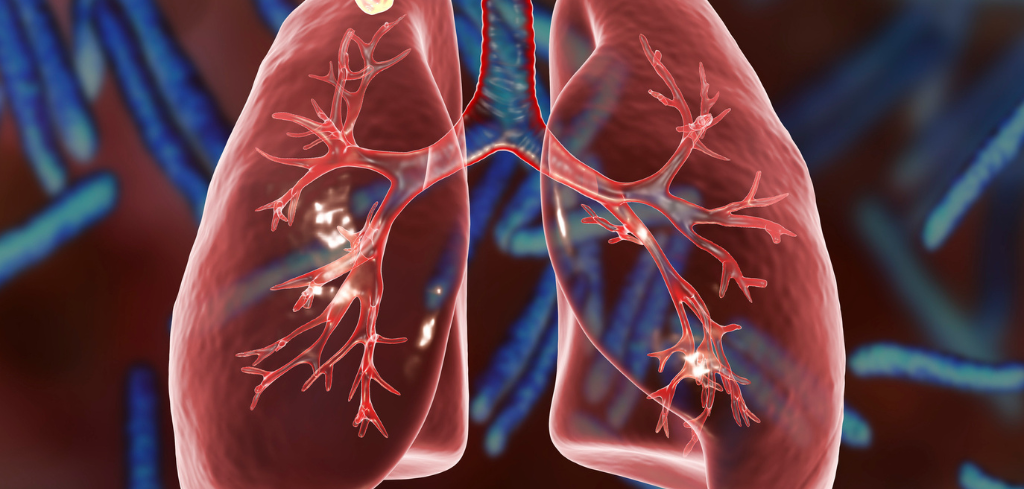
Understand the major players (organs and tissues) within each physiological system and their function. Discover what can go wrong and how we can try to prevent it with the choices you make.
References and resources
- Breath: The New Science of a Lost Art by James Nestor
- Behavioral and Physiological Approaches to Breathing Disorders by R.Ley (Editor) and B.H. Timmons (Editor)
- Restoring Prana by Robin Rothenberg

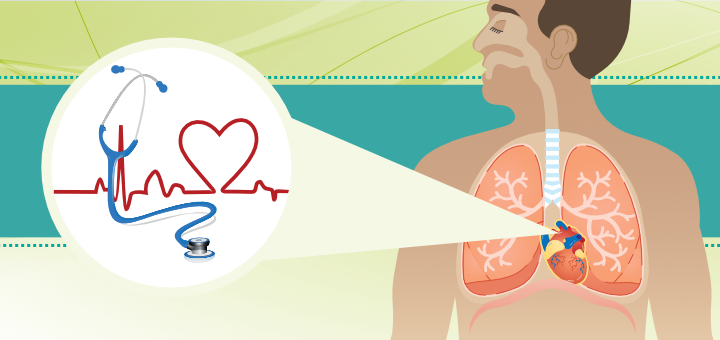
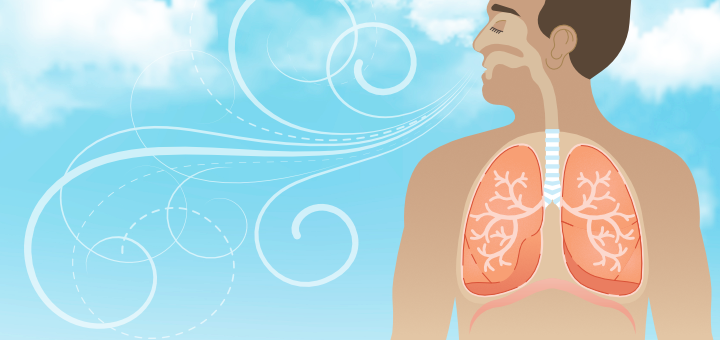
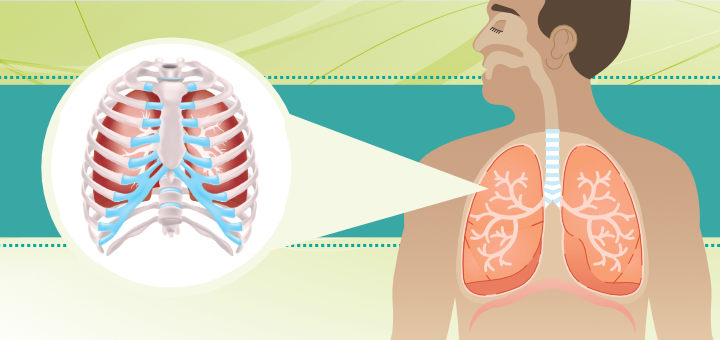
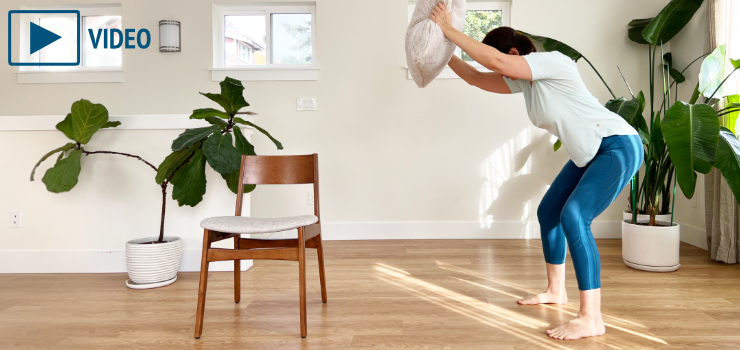
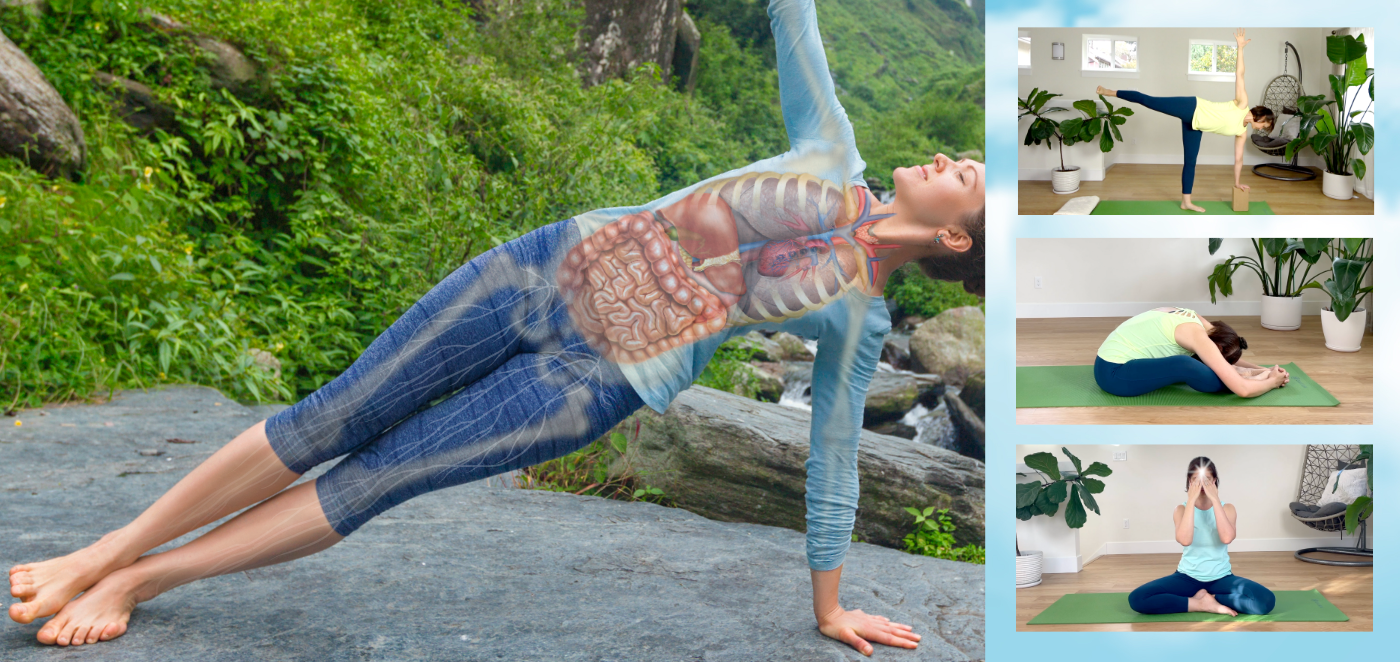
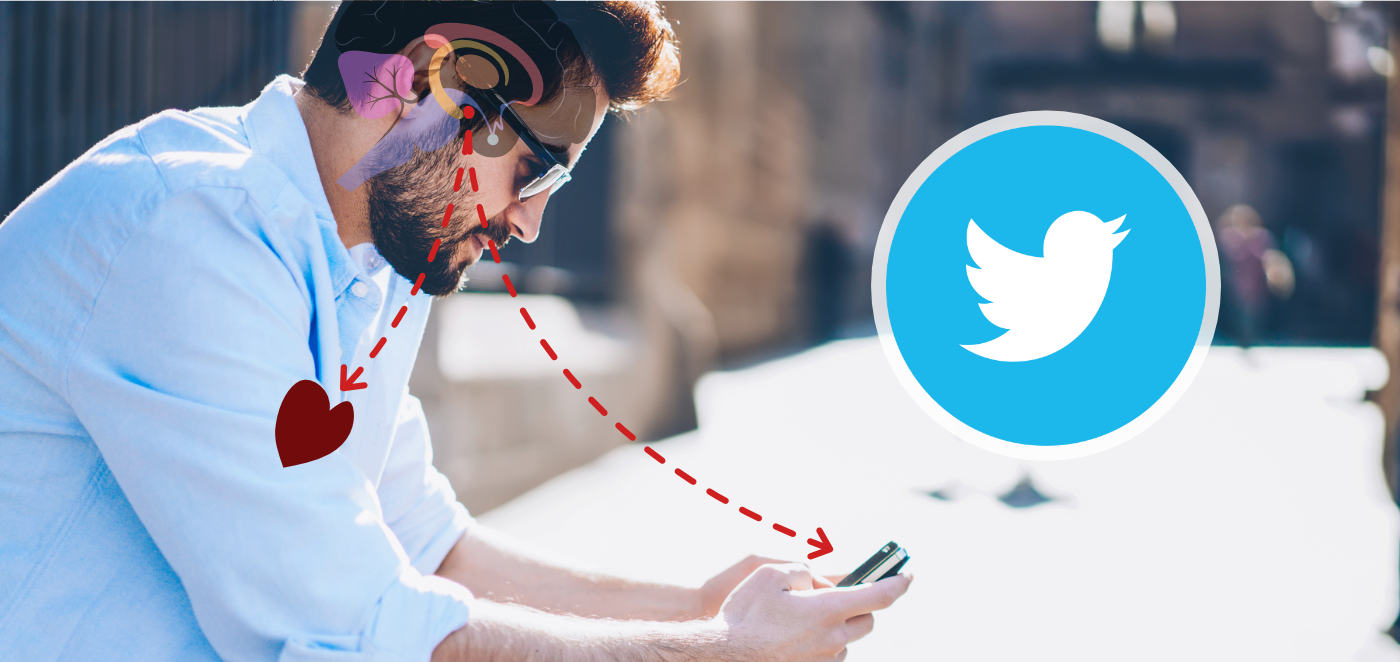
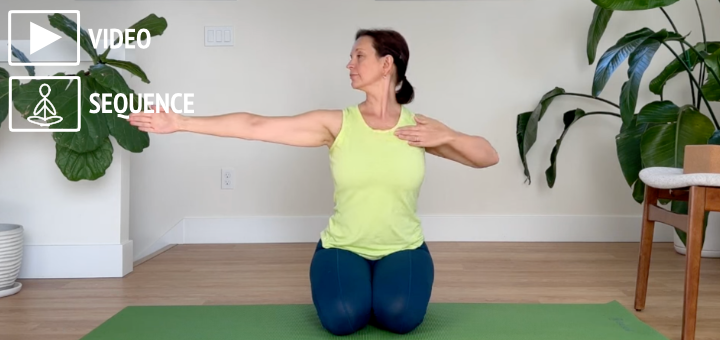
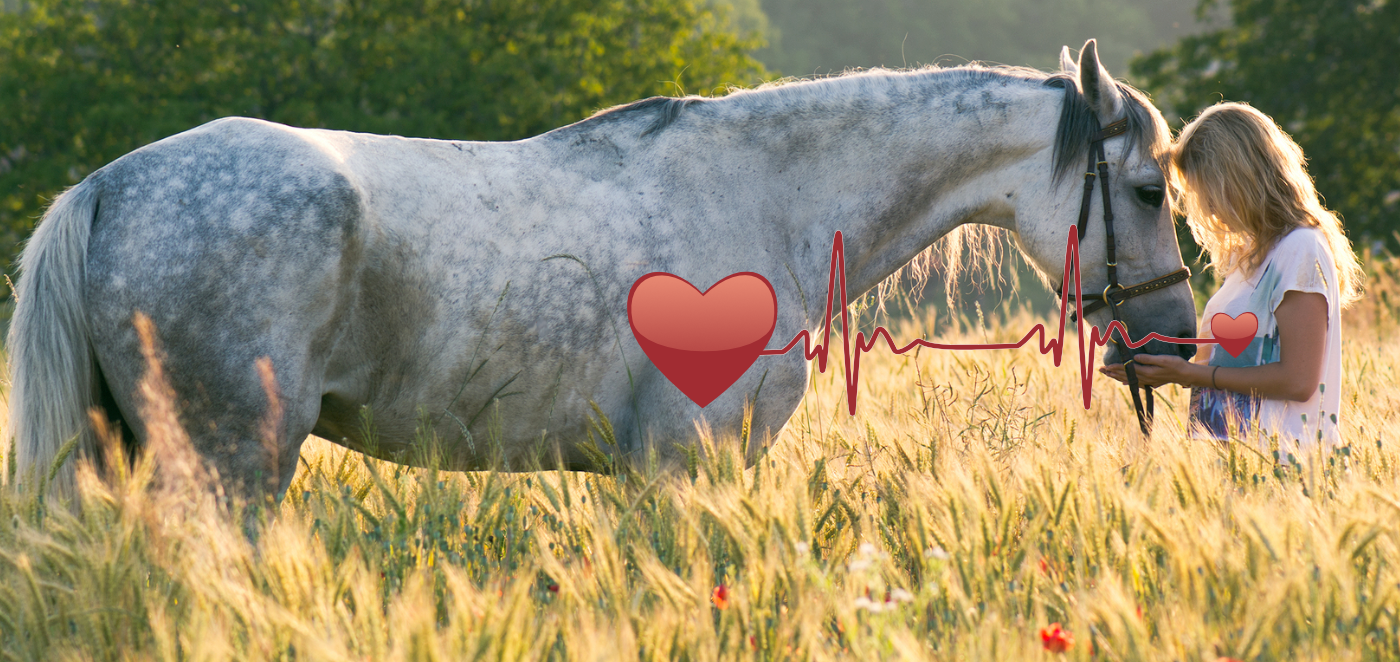
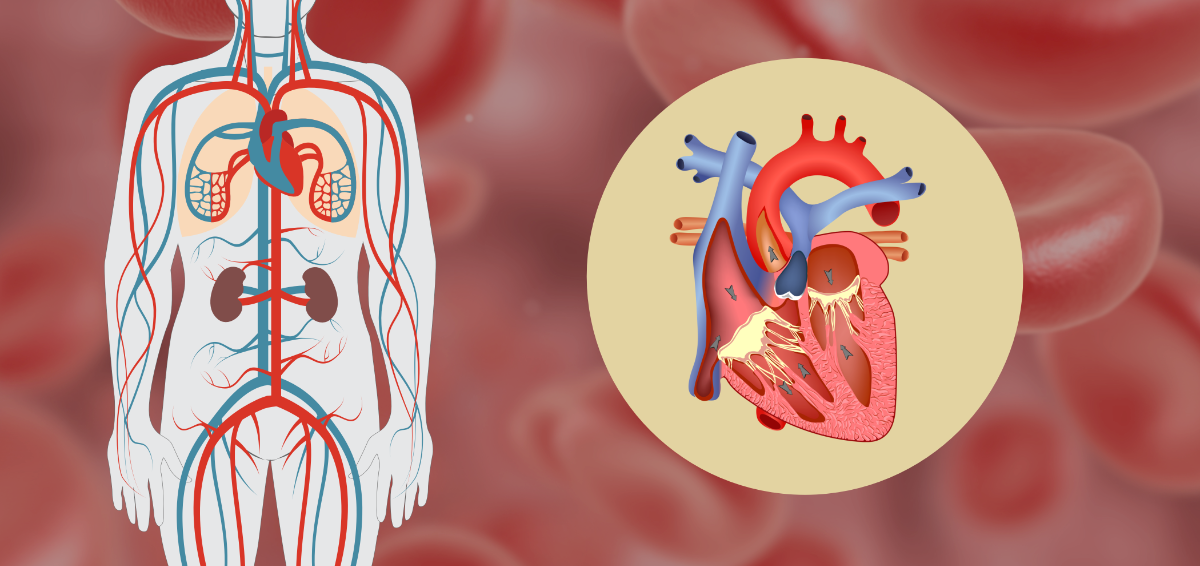
Fantastic article Olga, I already knew some of the benefits of nose breathing, but i have learned even more reading this.
I heard James Nestor’s interview on Fresh Air podcast recently, and am looking forward to reading the book. Thank-you for sharing this, you are my favourite online resource for quality information that always helps to deepen my knowledge and yoga practice
Thank you Kate! And thank you for letting me know about the interview with James Nestor, I am very interested in checking it out!
Really interesting Olga. Thank you!
I would add that in my experience most of the people that breathe trough mouth have a position of the
head little forward, as in that position is really uncomfortable to breath with nouse. On the opposite side if you put your head straight it is almos impossible to breath trough mouth. So my opinion is that is really useful to help students to correct the position of their heads.
Thank you for bringing this up Grazia! Posture is so important for good breathing habits; I plan to spend a whole blog post talking about it. Would love your input when it comes out!
Thank you, Olga, for sharing this information. I would add that mouth breathing is sometimes due to many complex factors, such as tongue-thrust- a weak tongue muscle that means the tongue pushes against the front teeth (often from a very early age) rather than the roof of the mouth, leading to lower jaw development and teeth positions that add to the difficulty of changing mouth breathing patterns. It’s certainly worth trying to adjust habits, but some of the structural changes make this very hard to accomplish.
Thank you Mindy – I couldn’t agree more! We always have to be mindful about individual health situations when we talk about general ideas that would be beneficial for most people. What might be easy for some might not at all be easy for others.
Greetings Olga – Thank you so much for putting this book into your book club – it is fantastic! And James Nestor has quite a few interviews out there on YouTube – so it is nice to complement listening to him with my reading.
I am sure I am a mouth breather and tried taping with the “postage stamp’ size tape he mentions – so far looks like I take it off – but will keep trying – perhaps using a larger size as your YouTube insert mentions by Patrick. I love this article also – and can’t wait to see your other synopses of the information – You are very good at book reports – So thank you again and happy breathing!
Hi Nancy, let me know how it goes with taping! I had to laugh at “book reports” 🙂 When I read those types of books, I keep having epiphanies “This is why we do this and that in yoga”! It inspires me to write on the subject 🙂
I am trying the taping again. First night I covered my entire mouth as seen on the ads for the tape you can buy online. That didn’t work well – I could not yawn or burp or cough as sometimes happens at night – when I am awake getting up to pee. So the next 2 nights I used smaller tape pieces and that worked better – a little larger than the postage stamp size however. I am interested to see if more nasal breathing helps me get up to pee less at night – so far it isn’t making any difference – dang – however I have always had to venture to the BR at night, even as a child – and perhaps I was more of a mouth breather then – and guess old habits are hard to break. Anyway – so far that is my adventure with taping – I wonder if anyone else is trying this – come on guys – fess up and write a note. Happy thoughts & chuckles to all – Nancy
Well heck – not often I actually have something to write – so here I am again with more taping adventures. I have also discovered that you need to let your mouth relax before taping it – that taping it with lips closed together is not really natural – our mouth will relax open just slightly even when breathing via nostrils – hence tonight I will let my mouth relax and then slap the tape on and see how that works – not sure anyone is interested – but I am having fun experimenting and writing about it – and sharing it with you … happy thoughts & chuckles as always, N
Hi Nancy, I love reading about your taping adventures, please keep them coming! Just like you, I am intrigued about the possibility of eliminating bathroom trips at night. It immediately caught my attention when I read about it in James Nestor’s book. So I am looking forward to hearing what you discover for yourself. Also, whether or not taping helps you feel more rested in the morning.
Hi Nancy, you are doing the right thing experimenting with taping. Taping the entire mouth can be very panic inducing for some. One suggestion is to tape during the day when you don’t need to speak or eat and see what size works best. Another is to make sure the tape is not too adhesive- apply it to clean skin or material and remove a few times before using. I have some breathing allergies to my cats and taping concerned me if I found myself choking at night, so relaxing the adhesive helped for quick release.
In regards to bathroom trips, I find if the mouth stays closed at night, I don’t dehydrate as much and don’t reach for my water, thus less frequent bathroom trips.
Greetings – Thank you for your feedback – I did watch James YouTube on taping – good help and feel comfortable doing it. However after about 2 weeks now – I haven’t really noticed much difference – my sleep is erratic still – sometimes a wonderful night of sleep and few BR visits and other nights I am up & down and can’t get comfortable – hear my husband snore and the cat keeps getting in my way – so hard to tell if tape is doing anything. I have discovered I should tape my mouth with my naps – I have woken up with a dry mouth and realize I have been mouth breathing! So next nap I will tape up – I don’t nap often but as a retired 73yo – it is such a pleasure to plop down when I want.
So that’s the latest scoop – I am also having a good time trying to breath with 5.5 inhale and exhale – not sure how to measure the .5 part – LOL – but I am sure Olga will address that at some point … Happy thoughts & chuckles, Nancy
Thank you Olga for your excellent articles and all your Yoga offers.
Here is my mouth breathing story.
After many years of poor sleep and much headaches in the morning I was finally told that I have sleep apnea and am breathing through the mouth.
For almost three years now I sleep with the C-PAP machine where the mask is covering my nose and mouth. It took a long while before I felt reasonably OK with this device as it pretty much forces me to breath through the nose. I’m still not keen on it, but it certainly eliminated my headaches and reduced my BR trips considerably. Without the mask I will wake up every two hours, with the C-PAP the sleeping hours extended to an average of 4 hours, occasionally even up to six hours of solid, restful sleep – which then feels like a very special gift! Now I am generally more often breathing through the nose.